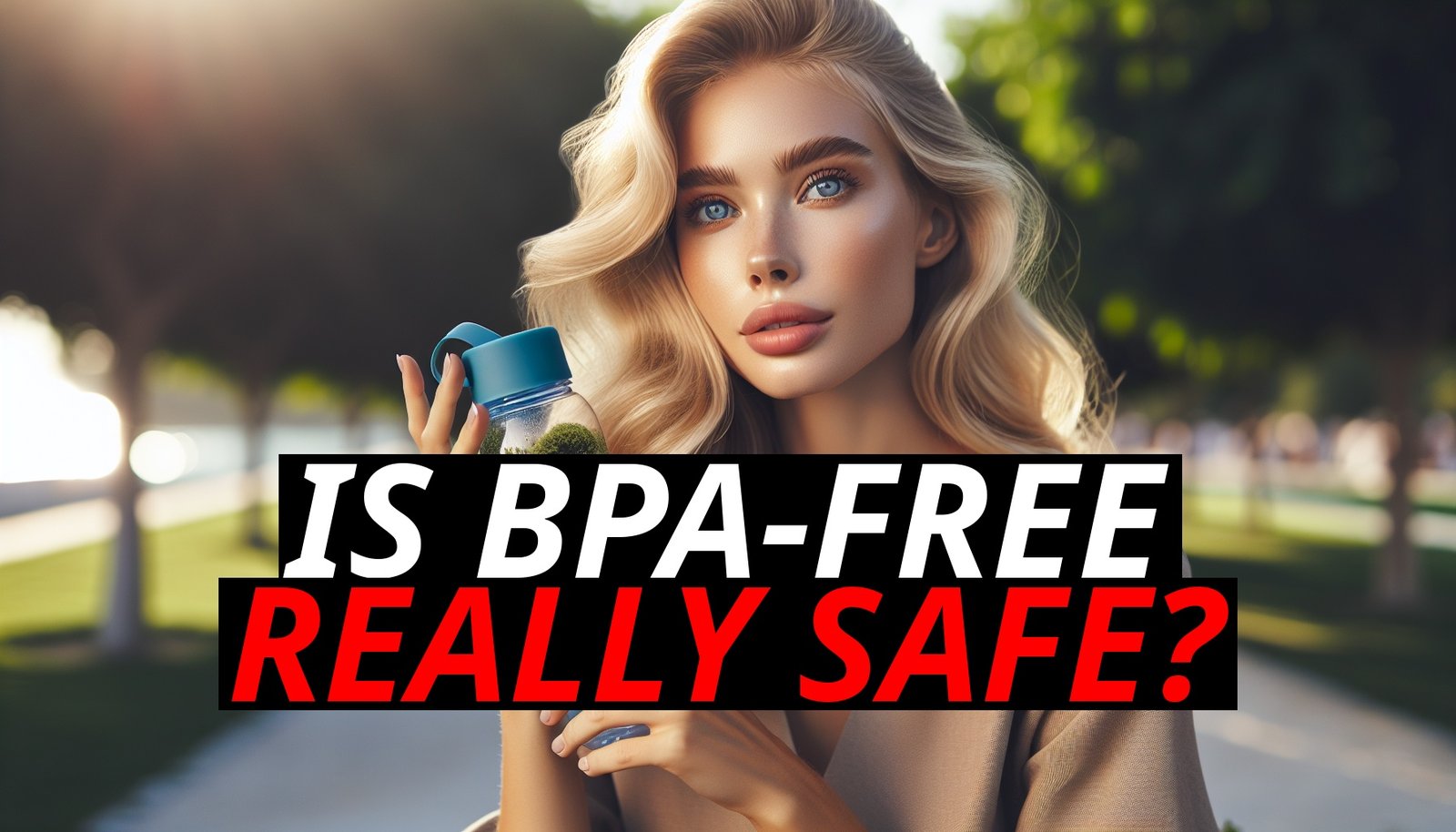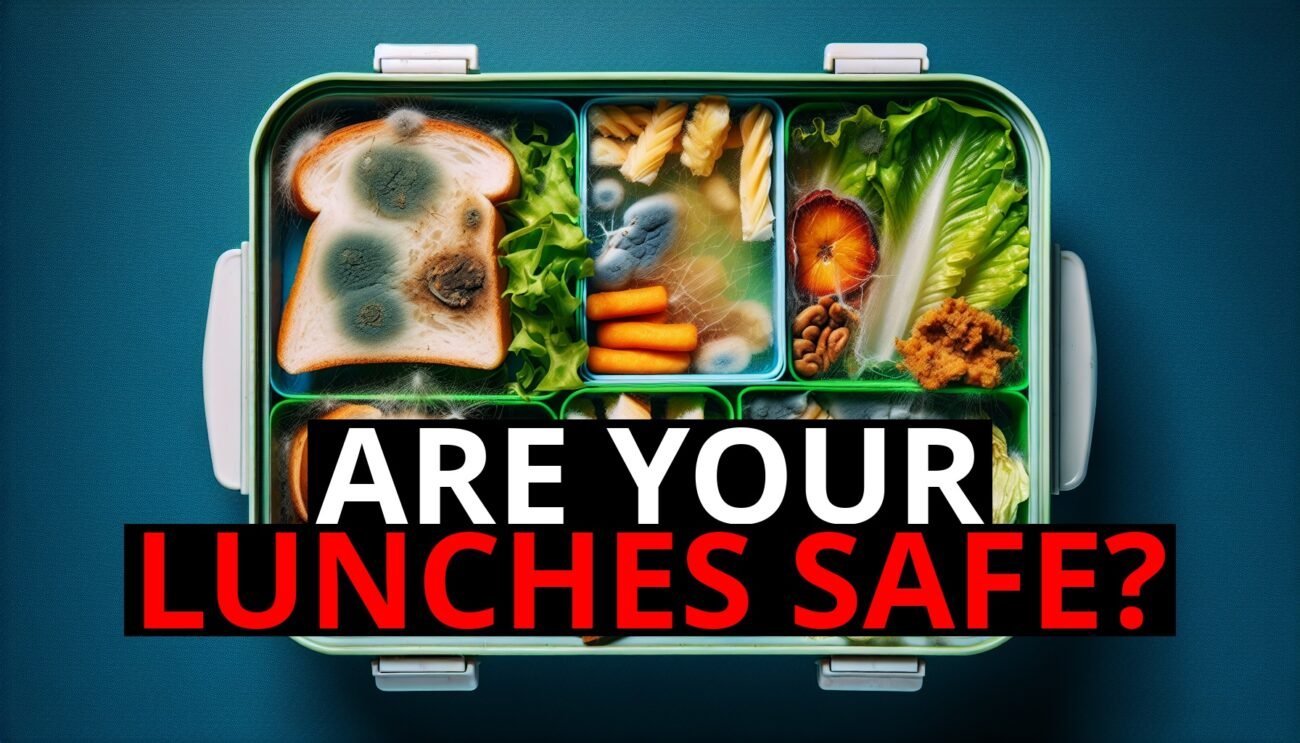What’S Really In Your Bpa-Free Products?
Picture this: You’re at the store, browsing the aisles for a new water bottle. You spot one that proudly displays a “BPA-Free” label. “Perfect,” you think. It seems like the healthier choice, right? After all, BPA is a chemical we’ve been warned about for years. But here’s the twist—what if that comforting label isn’t as safe as you think? What if “BPA-free” is more about marketing than your health?
It’s time to dig deeper into the world of BPA-free products and discover whether they’re truly a safer option or just another clever marketing ploy.
The Rise Of The Bpa-Free Label
Bisphenol A (BPA) became a household name after studies linked it to various health concerns, including hormone disruption, reproductive issues, and developmental problems. The backlash was swift, and consumers began demanding BPA-free alternatives. Manufacturers responded by introducing a flood of products labeled “BPA-free,” reassuring consumers that these items were the safer choice.
But while the “BPA-free” label might seem like a victory for health-conscious consumers, it’s important to ask: What exactly replaced BPA in these products?
The Hidden Dangers Of Bpa Replacements
When BPA was phased out, it was often replaced with chemicals like Bisphenol S (BPS) and Bisphenol F (BPF). These compounds are structurally similar to BPA and serve the same function in plastics, making them ideal substitutes—at least from a manufacturing perspective. However, recent research suggests that these chemicals might not be the safe alternatives they’re marketed as.
Studies have shown that BPS and BPF can also mimic estrogen in the body, potentially leading to similar endocrine-disrupting effects as BPA. In some cases, these replacements might even be more potent than BPA. This raises a critical question: Are BPA-free products really safer, or are we simply swapping one set of risks for another?
Marketing Vs. Health: The Bpa-Free Debate
The “BPA-free” label has become a powerful marketing tool, capitalizing on consumers’ desire for safer products. However, the lack of transparency about what replaces BPA in these products has left many people in the dark. Just because a product is labeled “BPA-free” doesn’t mean it’s free from harmful chemicals—it may simply contain different ones.
This issue highlights a broader problem in the consumer market: the reliance on labels and marketing claims without fully understanding the science behind them. While companies are quick to advertise their products as “BPA-free,” they’re often less forthcoming about what chemicals are used instead, and what their long-term effects might be.
How To Make Truly Safe Choices
So, where does this leave you as a health-conscious consumer? The key is to look beyond the labels and understand the materials you’re using:
– Opt for Alternative Materials: Consider using containers and bottles made from glass, stainless steel, or food-grade silicone, which don’t rely on bisphenols like BPA, BPS, or BPF.
– Research Brands: Some brands are more transparent about their manufacturing processes and the chemicals they use. Take the time to research and choose products from companies that prioritize your health over clever marketing.
– Stay Informed: As new research emerges, our understanding of chemical safety evolves. Keeping up with the latest findings can help you make informed decisions about the products you use every day.
Conclusion: A Healthy Skepticism
The “BPA-free” label offers a sense of security, but that security might be more of an illusion than a reality. By understanding what lies behind the label, you can make smarter, healthier choices that go beyond marketing claims. In the end, being an informed consumer is the best way to protect your health and ensure that your choices are genuinely safer—not just marketed that way.













